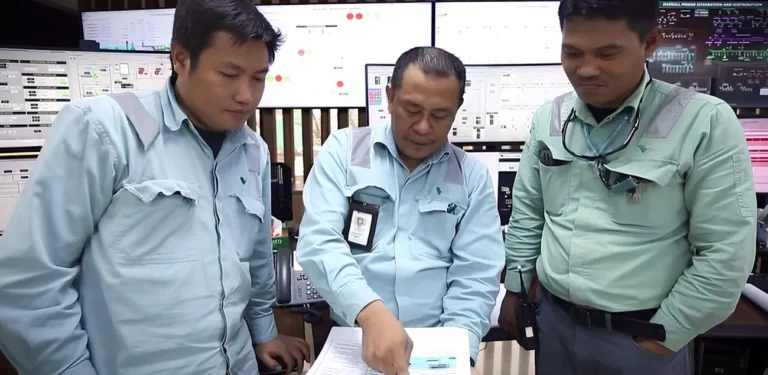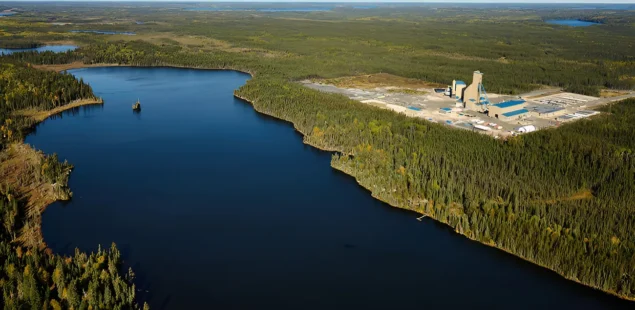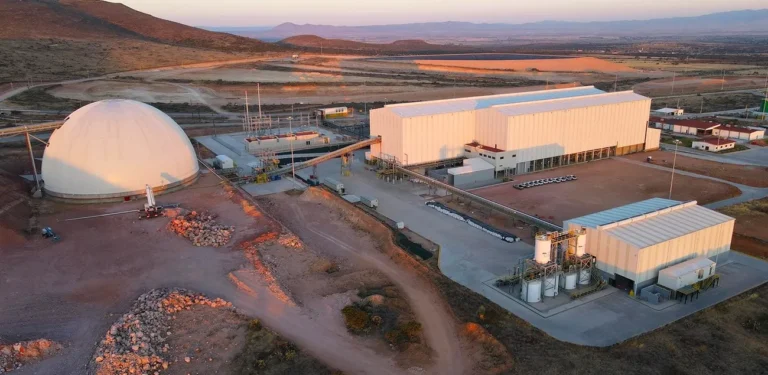
Lifezone, a New York-listed battery metals developer, says stepped-up defence spending will lift nickel demand just as it moves its Kabanga project in Tanzania toward a final investment decision (FID). Founder and chair Keith Liddell told Mining Weekly he expects “a big demand side inflection… from the global defence industry,” citing the use of nickel-containing stainless and specialised steels in guns, armour and naval vessels. Kabanga’s feasibility study (FS) outlines a 3.4-million-tonne-per-year underground mine with an initial 18-year life producing high-grade nickel, copper and cobalt concentrate and targeting steady-state output of 60,000 t/y nickel in product.
Defence spending seen as emerging demand driver
Liddell said the expected rise in armaments procurement is not yet priced into most market balances. “I’m not seeing, yet, that it’s factored into the demand side analysis much at all,” he noted, adding Lifezone aims to “be commissioning into a rising price” after a period of nickel price weakness. He linked the anticipated uplift specifically to nickel-bearing steels required for gun barrels, armour plate and shipbuilding.
Project scope, grades and economics
Kabanga’s FS sets out an initial mine-concentrator build and dedicated tailings storage. The company plans to sell concentrate in early years before adding a refinery using Lifezone’s hydromet technology about five years after start-up, allowing operating cash flow to shoulder much of the downstream capex and de-risk the financing stack.
The project’s reserve statement, according to the company, totals 52 million tonnes of ore at 2% nickel. Liddell described Kabanga as “very big” and “very high grade,” adding that “over 100-million tons of nickel in reserve” underscores its scale. The concentrate is designed to run at 17.5% nickel with no penalty elements. On base-case pricing just over $8/lb nickel, the FS presents a post-tax NPV of $1.58 billion (8% discount rate) and an after-tax IRR of 23% for the mine-concentrator phase. Incorporating the refinery lifts the after-tax NPV to $2.37 billion, with IRR unchanged at 23%, and extends mine life beyond 25 years once inferred resources are drilled from underground and sequenced into later-life production.
Financing pathway and timeline
Lifezone has appointed Standard Chartered as financial adviser for short-term development financing to fund early works and resettlement, bridging the company to FID. Societe Generale is advising on long-term project finance, which Lifezone says could include support from US development finance institutions and export credit agencies. The company has raised $60 million in pre-FID bridge financing, repurchased a 17% stake in subsidiary Kabanga Nickel, and is targeting about $600 million of debt within the overall project funding mix. Management has begun formal FID work after the board approved the FS, with Liddell pointing to the “home stretch” before construction, including boxcuts next year, front-end engineering, and finalising the mining contract.
Community, jobs and localisation
Tembo Nickel—the Tanzanian operating company 84% held via Kabanga Nickel, with the remaining 16% owned by the government—has completed cash compensation for households affected by the mining lease and is advancing relocation housing. Lifezone says Tembo is already 95% staffed by Tanzanians, with 1,090 permanent roles planned at steady-state operations and a target of 95% local employment. The government is expected to receive $3.6 billion in royalties, taxes and dividends over the project life under Tanzania’s benefit-sharing regime.
Company background and market context
Lifezone took full control of Kabanga Nickel earlier this year and plans to stage downstream development using its hydromet process after establishing concentrate sales. Liddell, known in South Africa for conceiving smelterless Kell Technology for PGM refining and helping develop the Kroondal PGM operation, is positioning Kabanga as a long-life underground source of high-grade nickel, with copper and cobalt credits. In Tanzania, an established mining workforce and policy framework for state participation shape the project’s ownership and fiscal terms. Standard Chartered is leading pre-FID arrangements while Societe Generale structures long-tenor project debt, with potential support from export credit agencies.
Nickel is critical to stainless steel—still the largest demand outlet—and to certain battery chemistries for electric vehicles and grid storage. Defence applications rely on nickel-containing steels for strength, corrosion resistance and heat tolerance across armaments and naval platforms. After a period of price softness driven by surging supply and shifting battery chemistries, new sources of demand—if realised—could tighten balances later in the decade.



